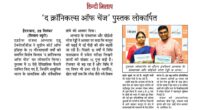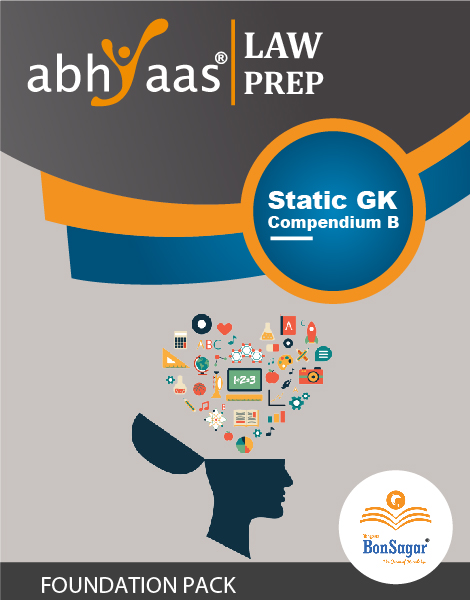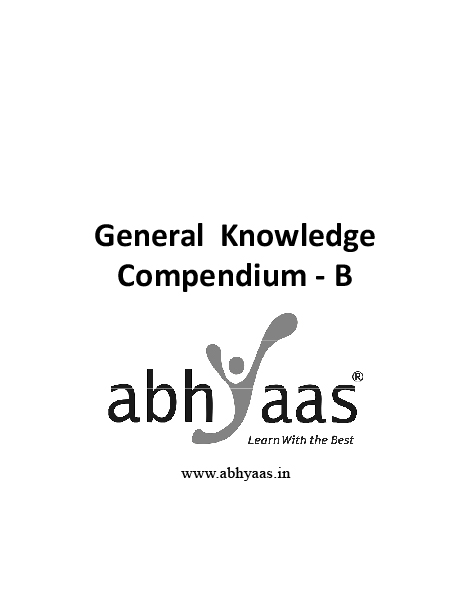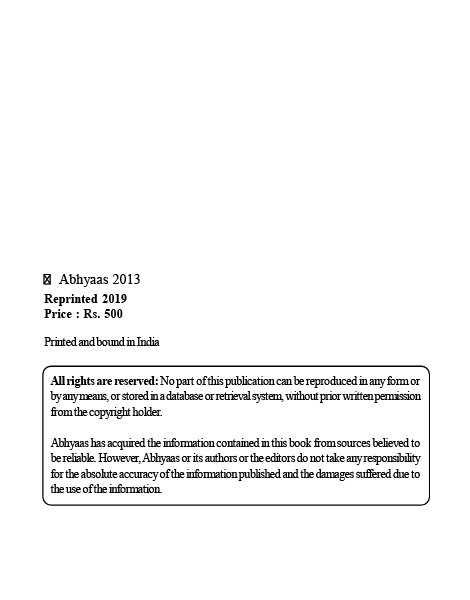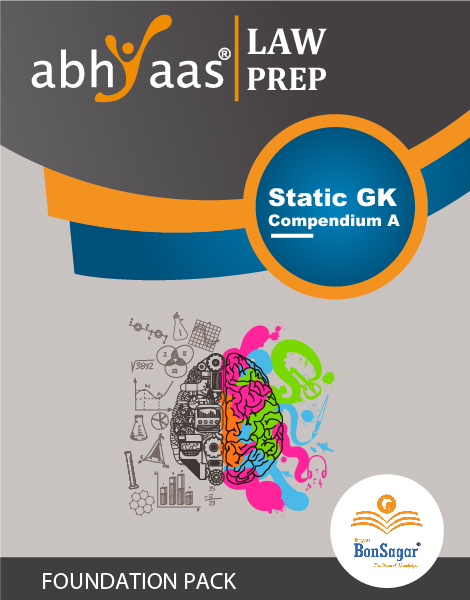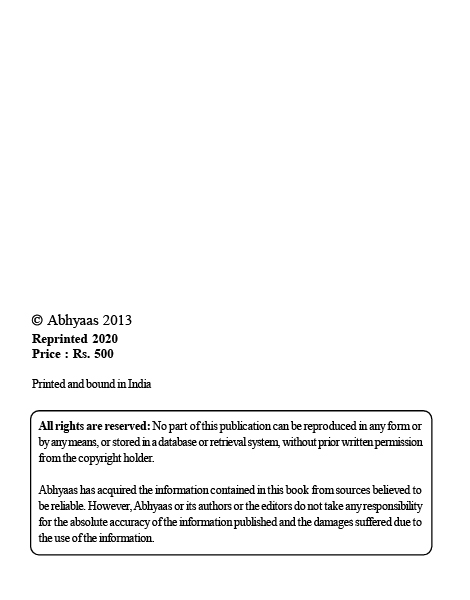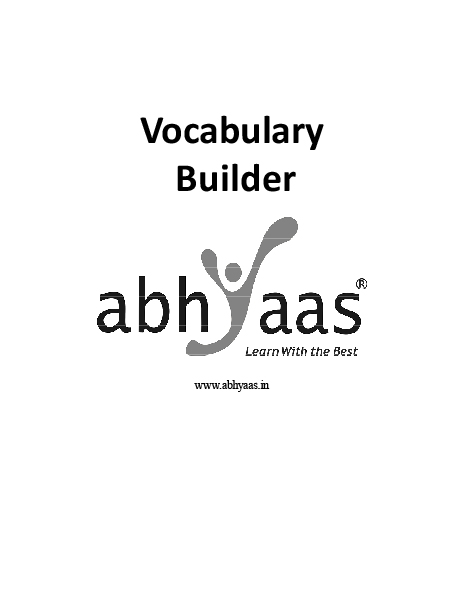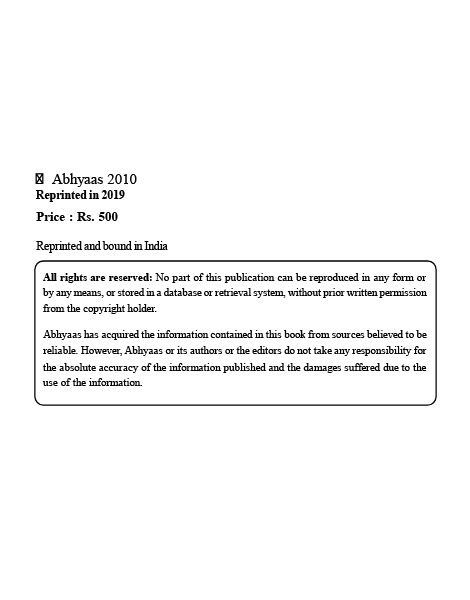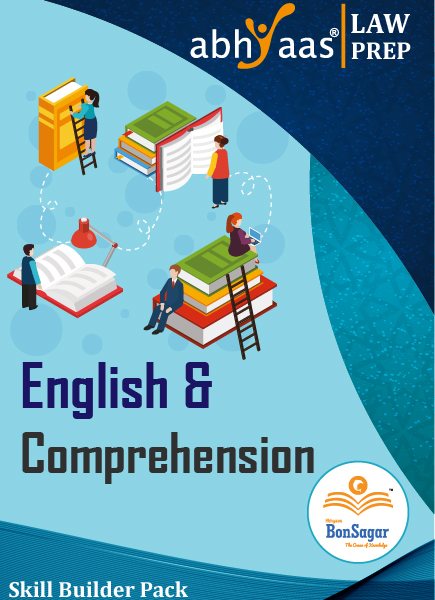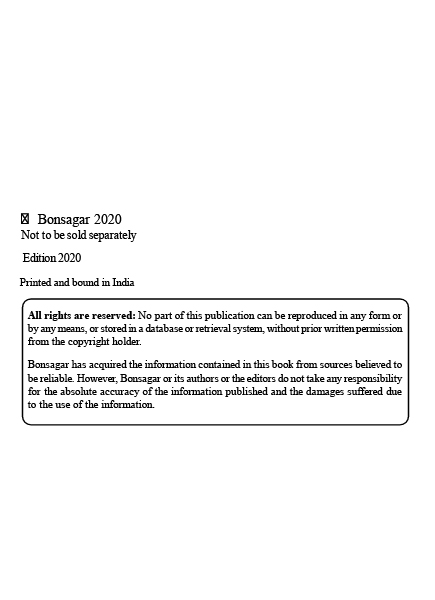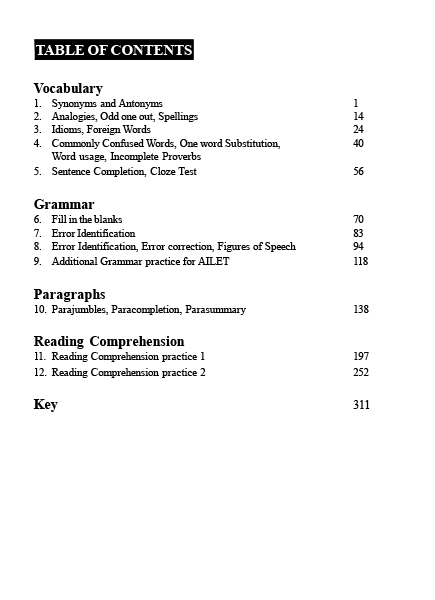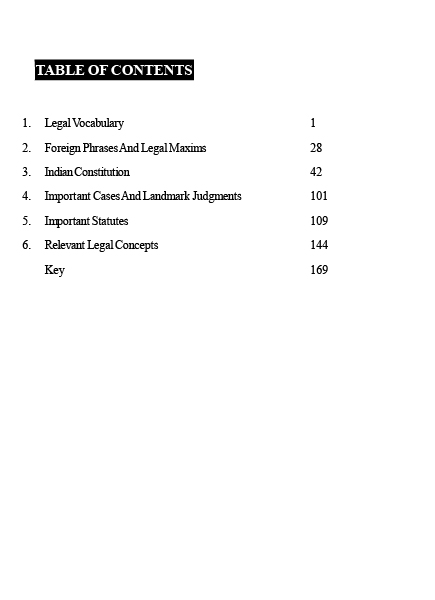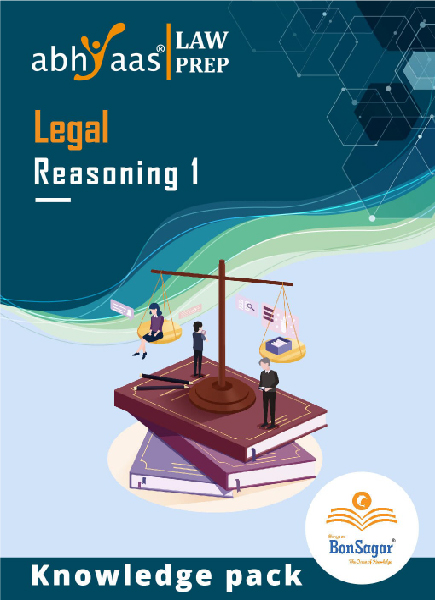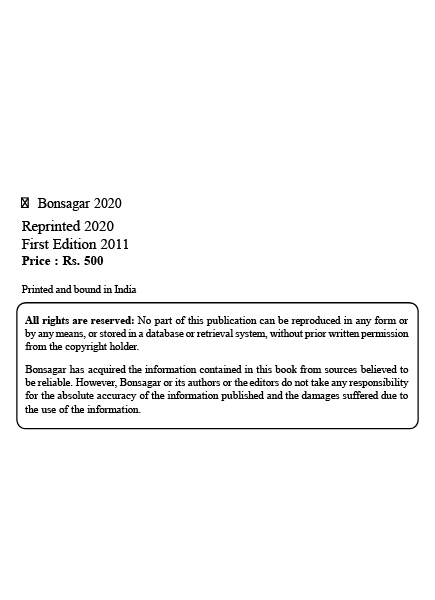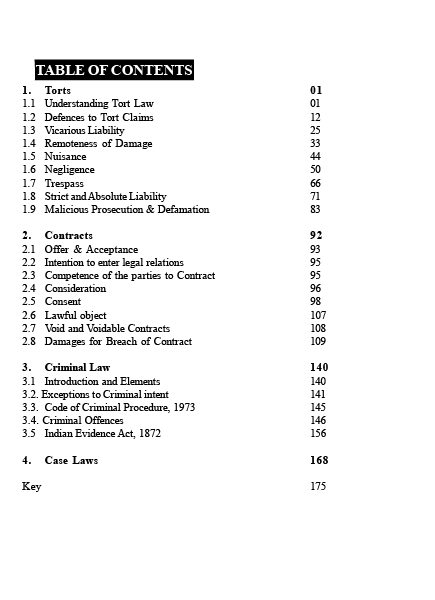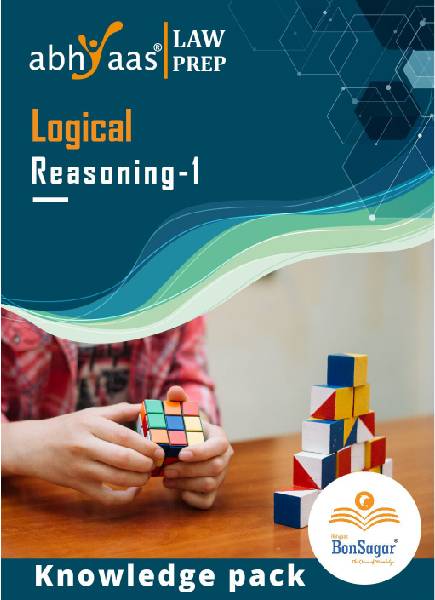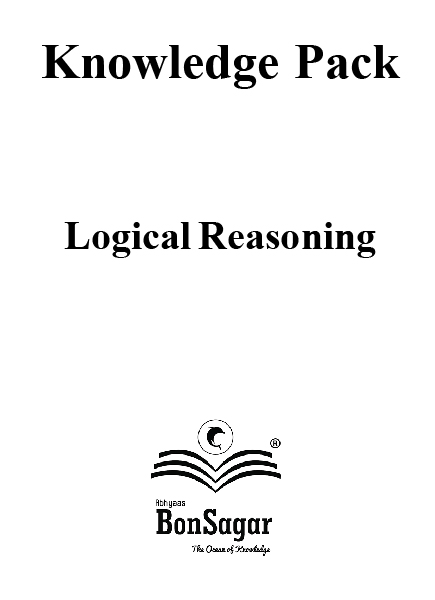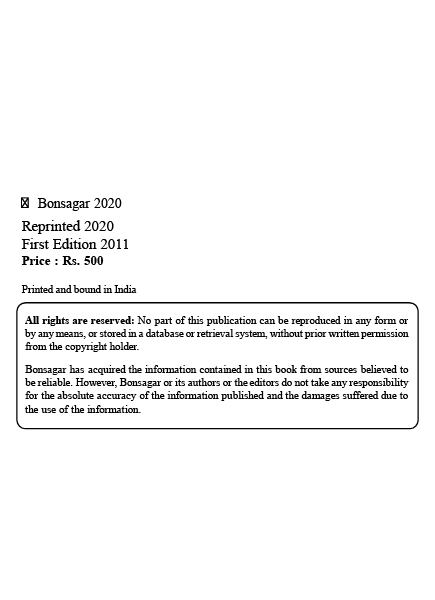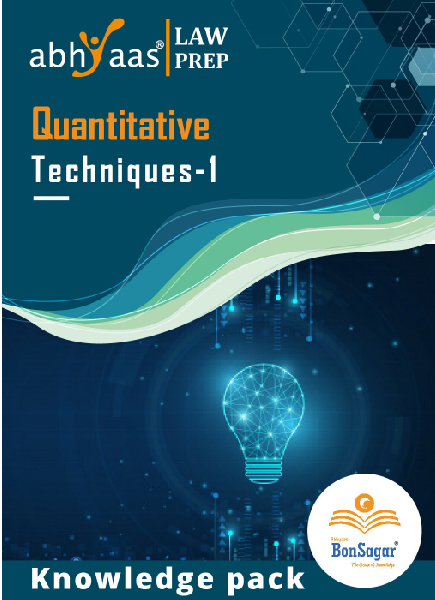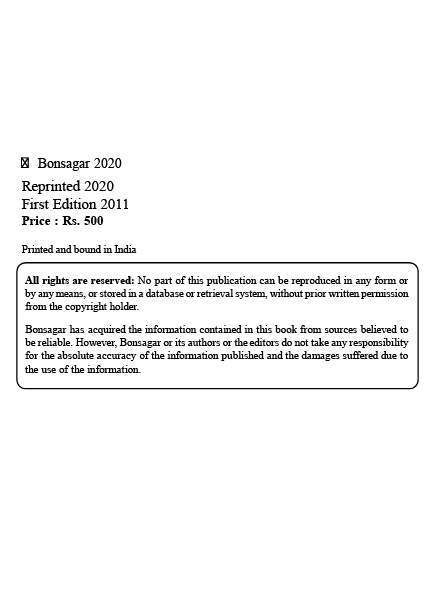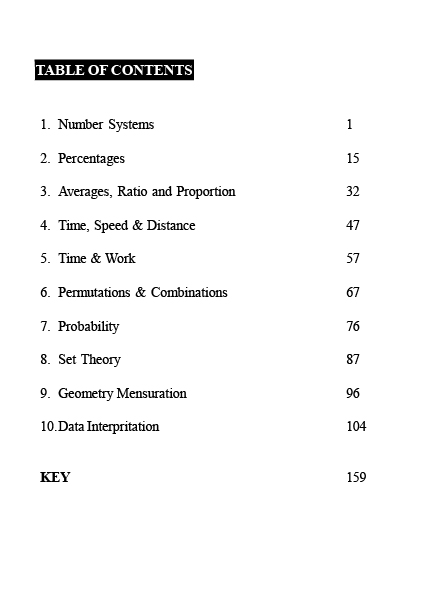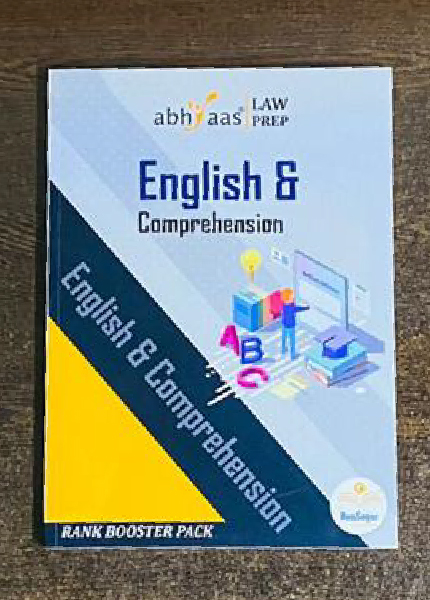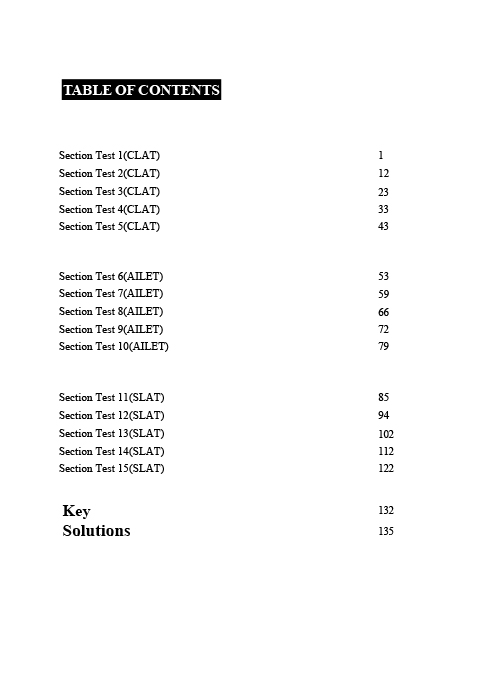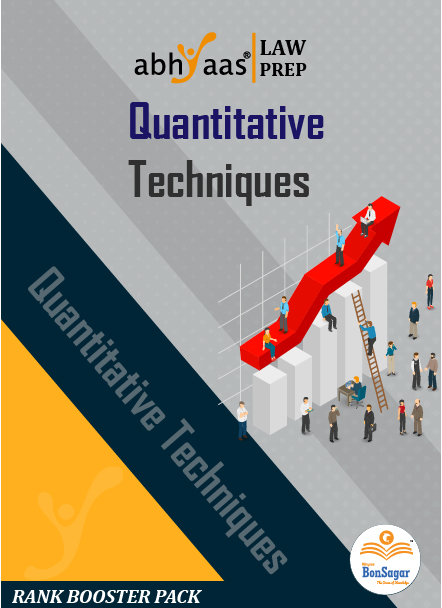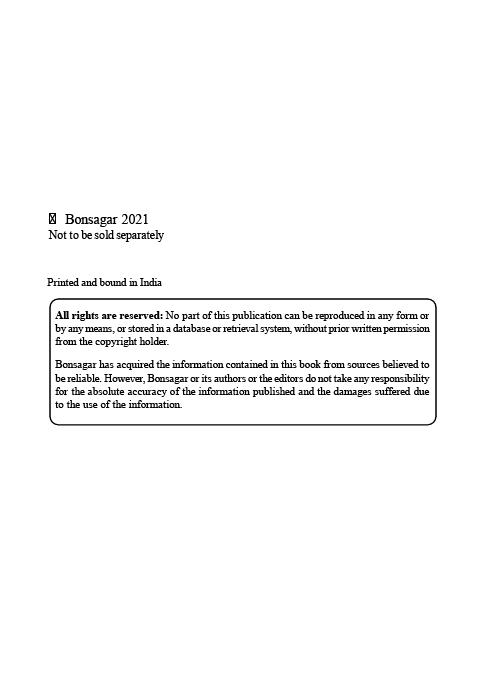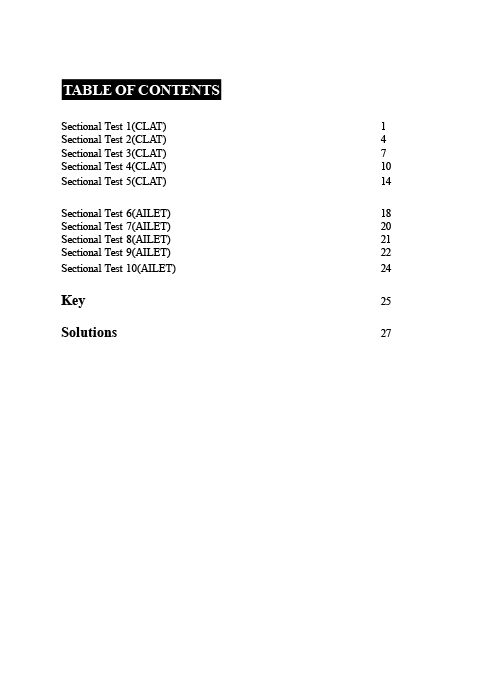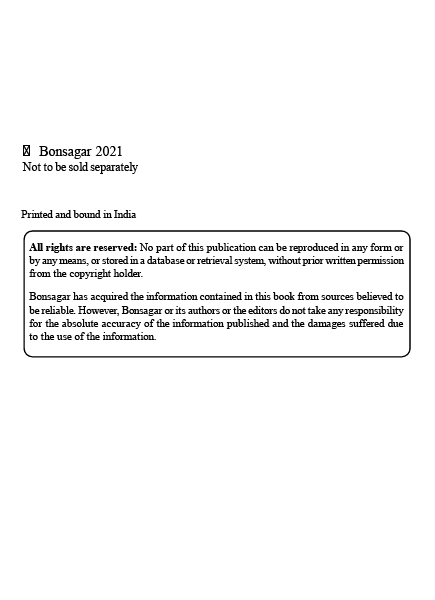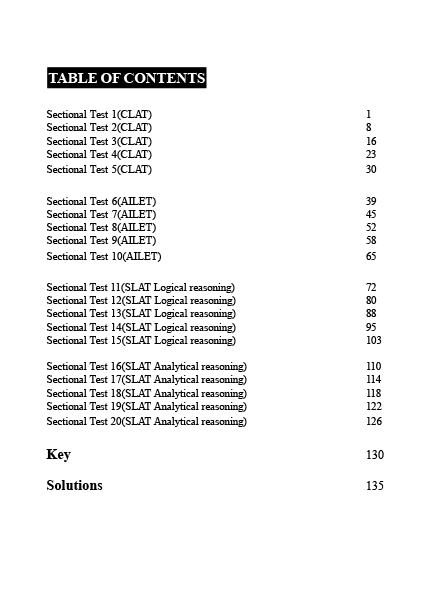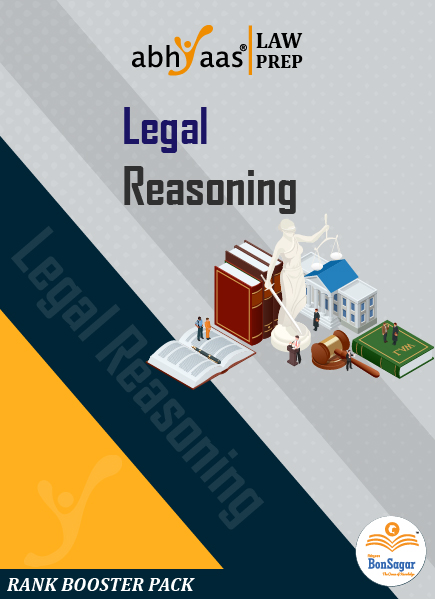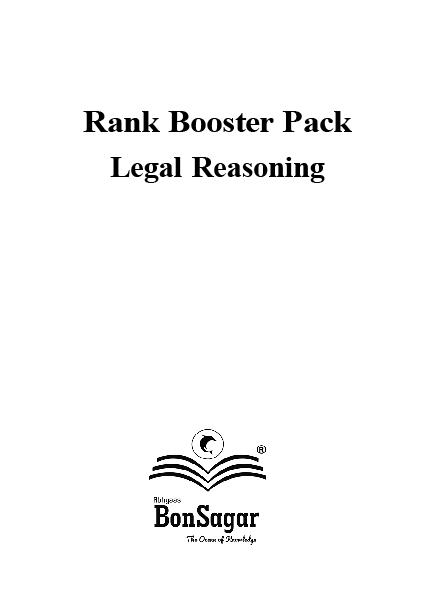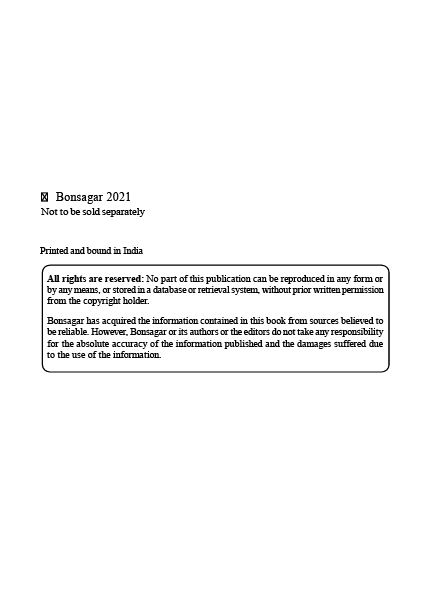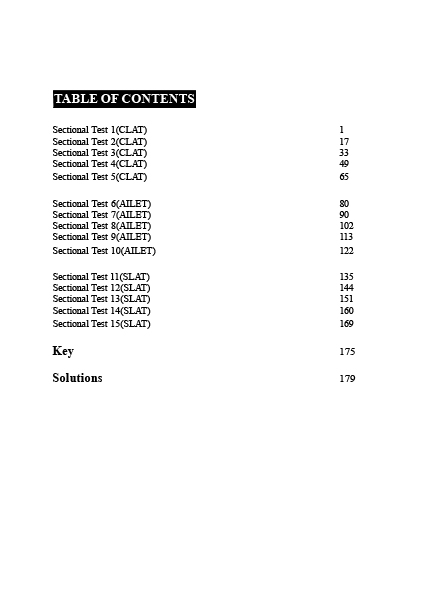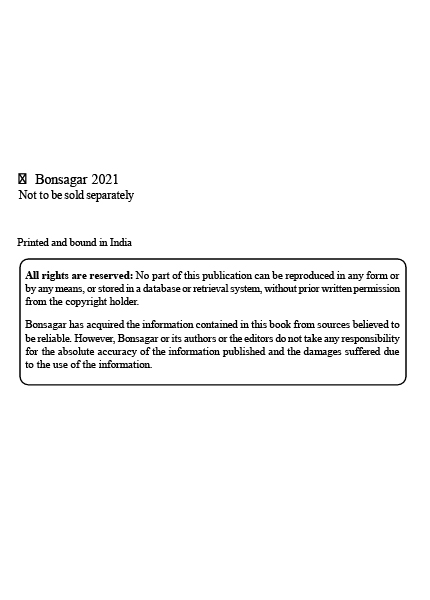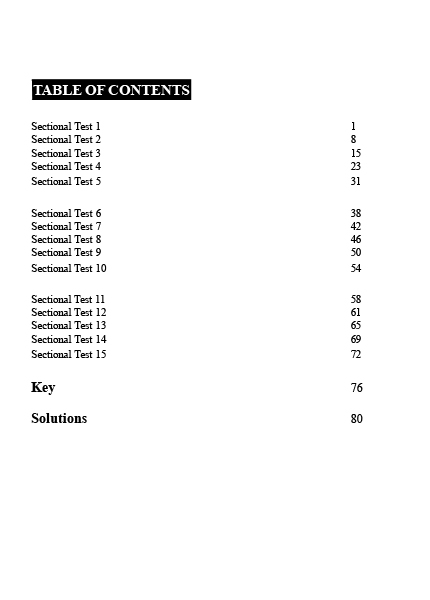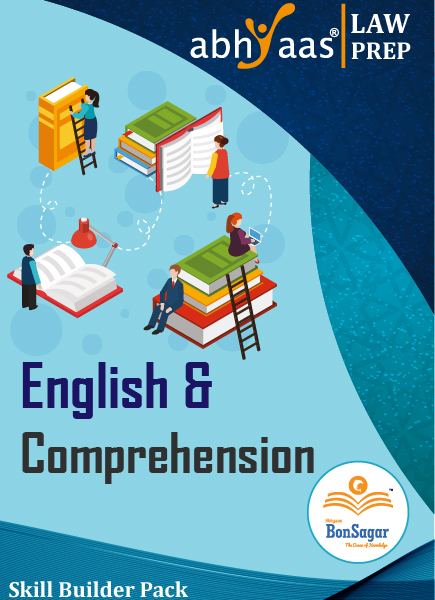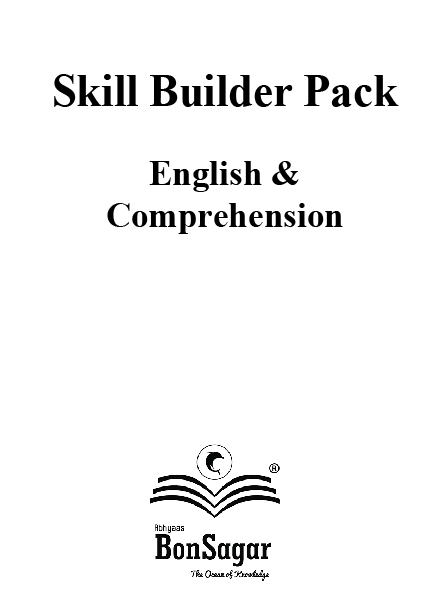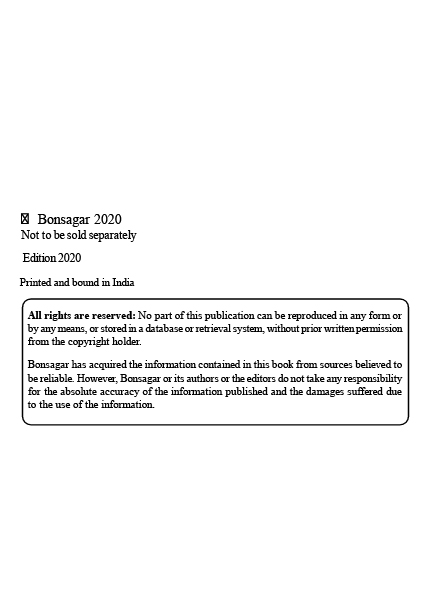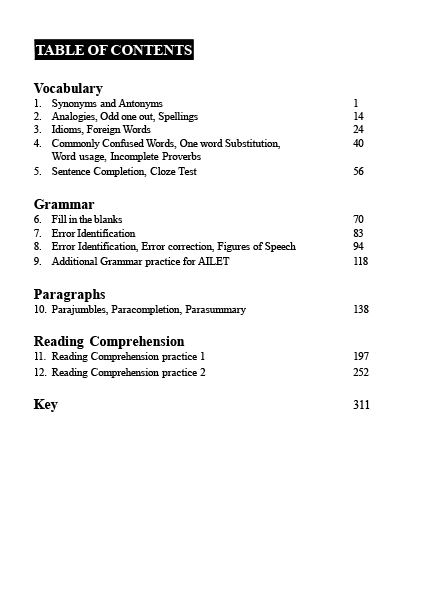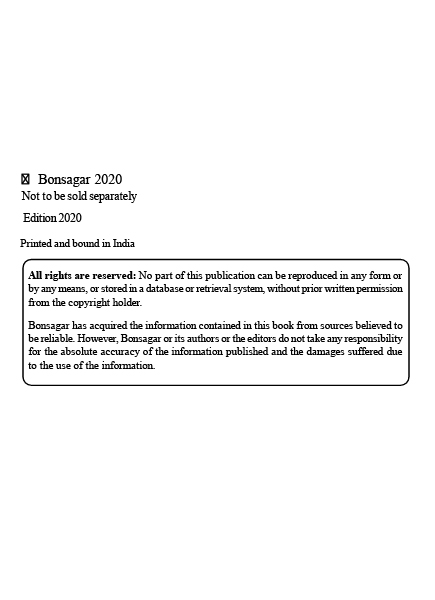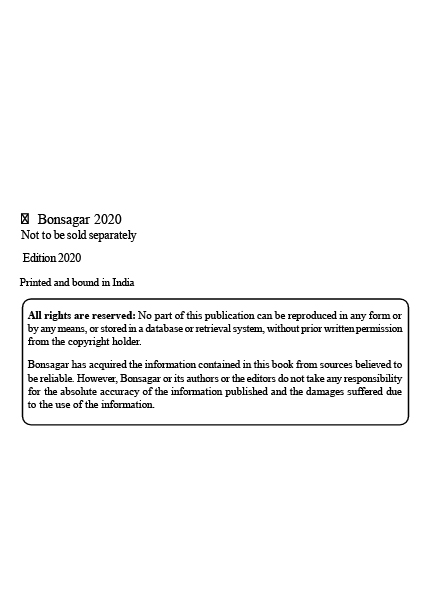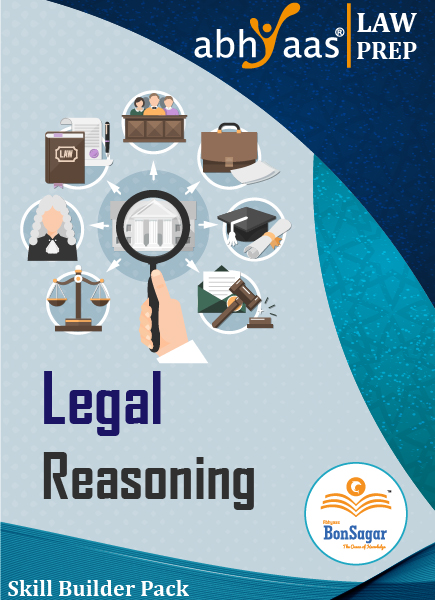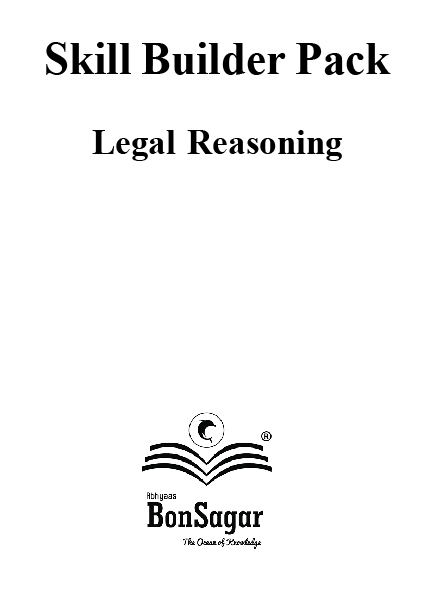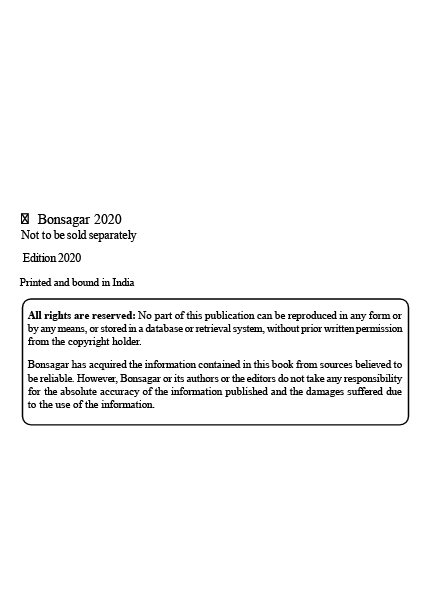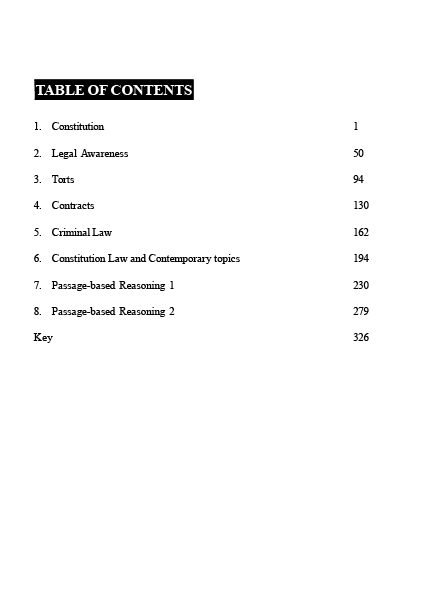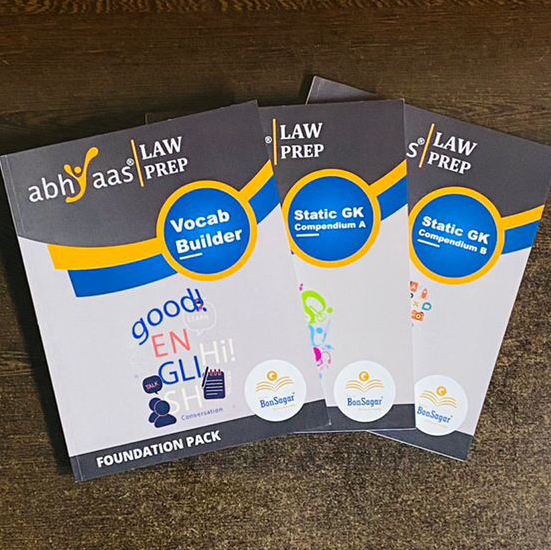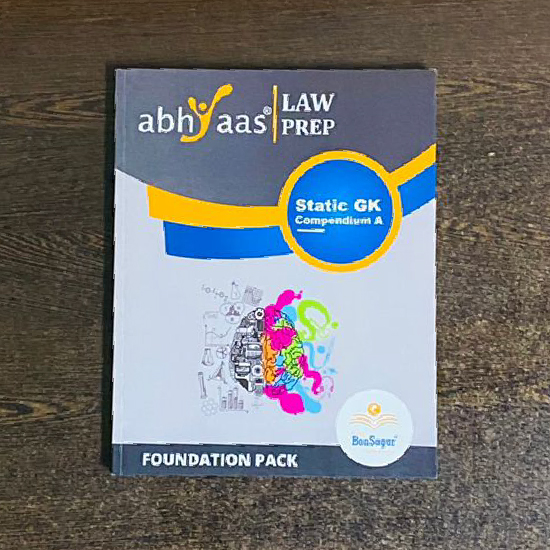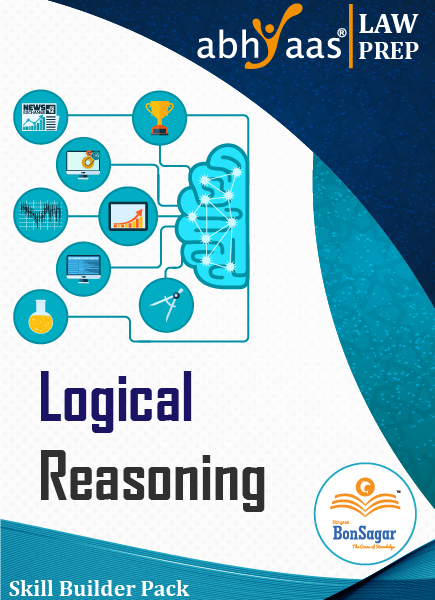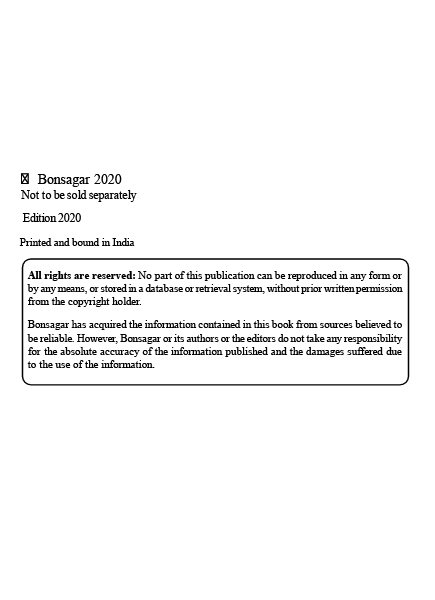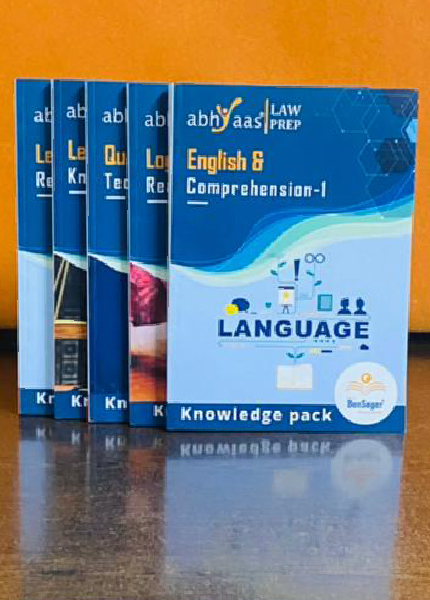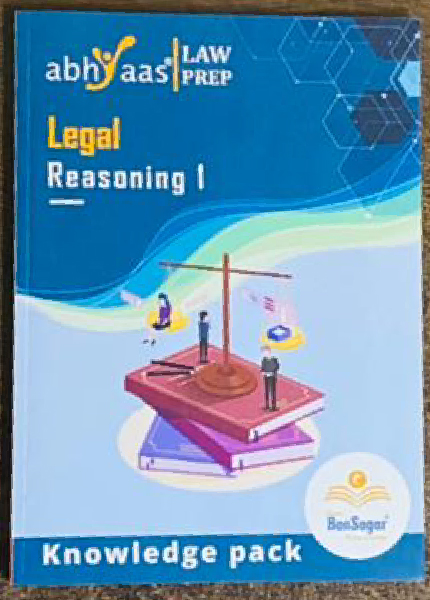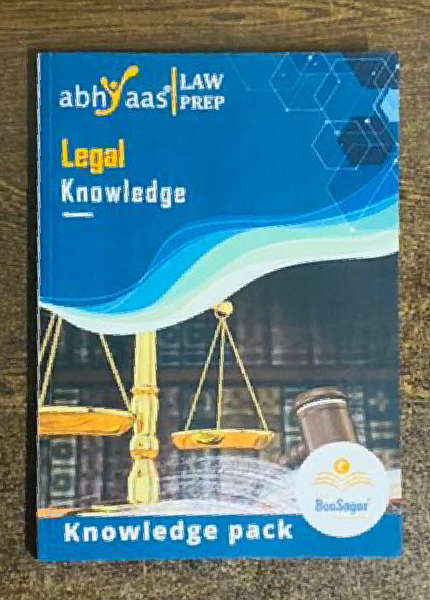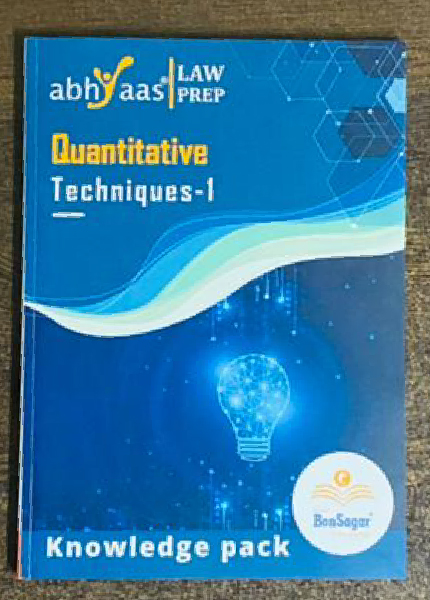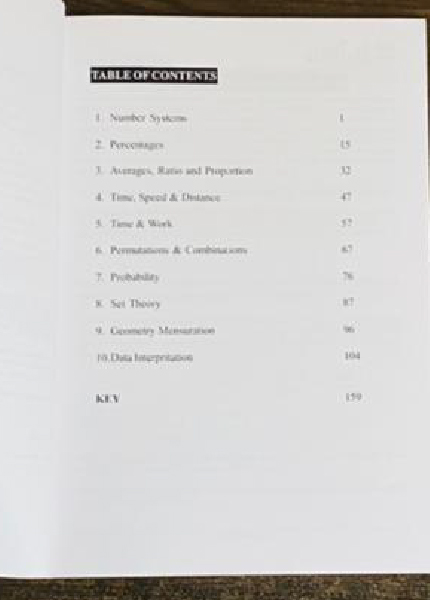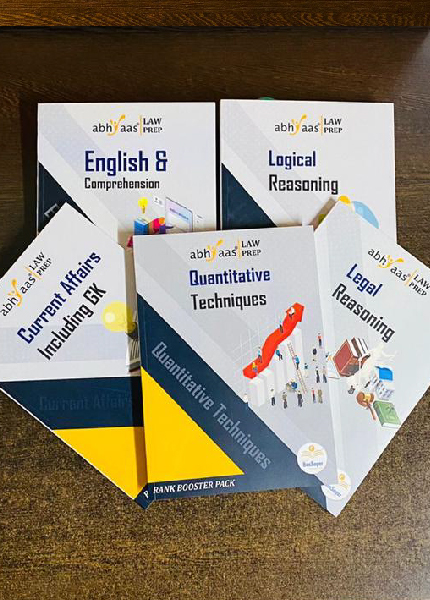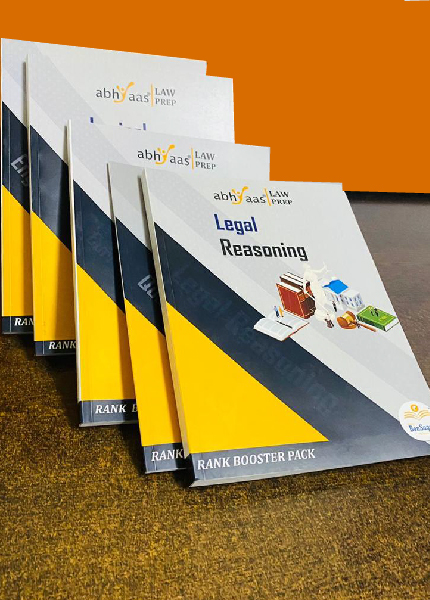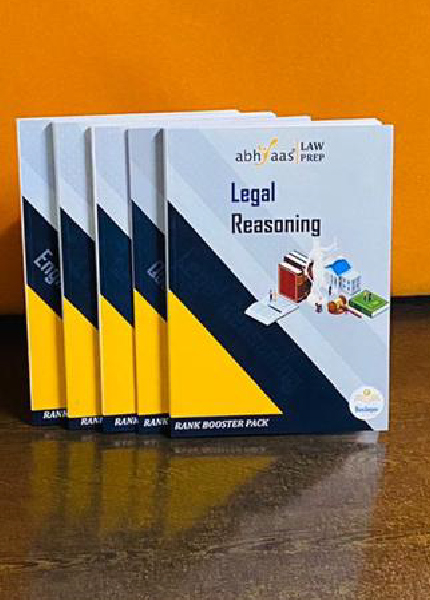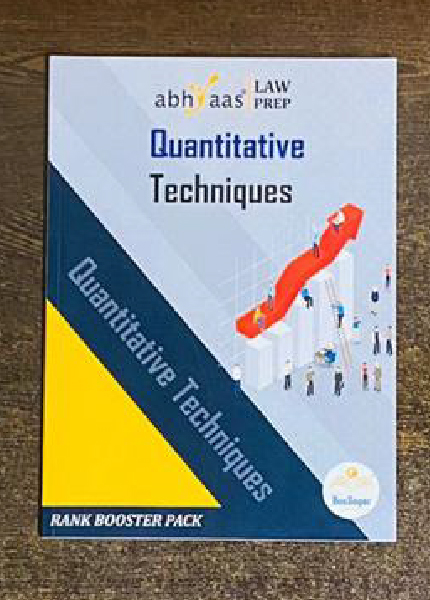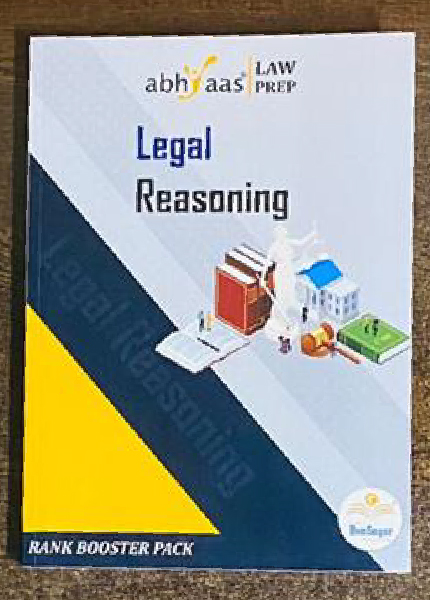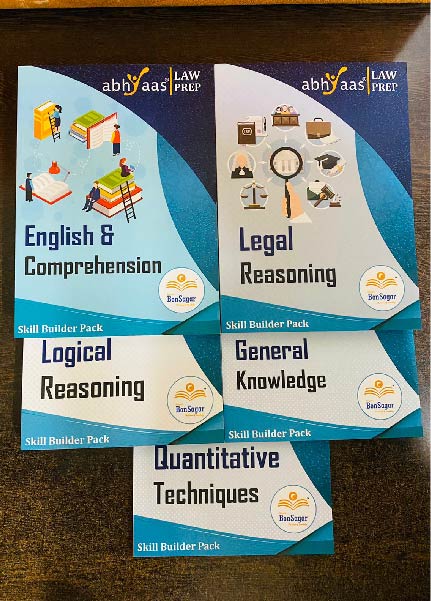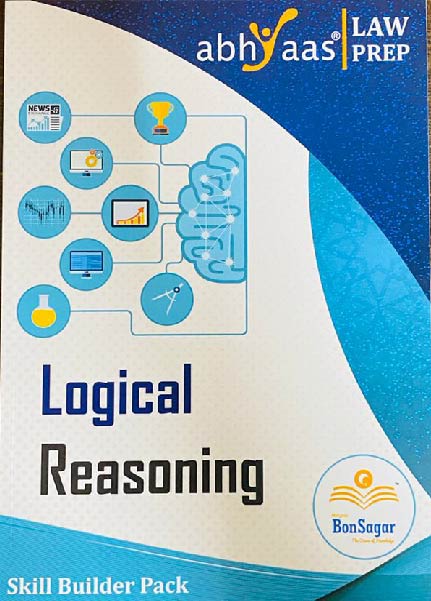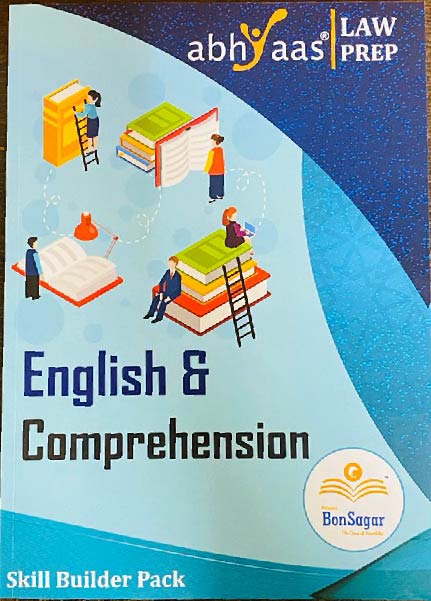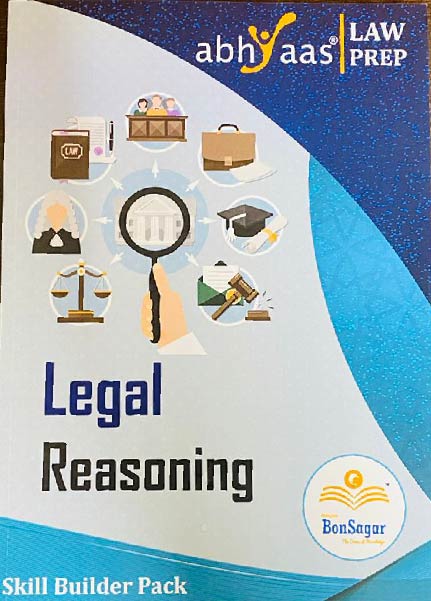
How to Improve Speed and Accuracy in CLAT
How to Improve CLAT speed and accuracy
Introduction:
The Common Law Admission Test (CLAT) is a highly competitive exam that requires not only deep knowledge of legal concepts but also the ability to answer questions swiftly and accurately. Speed and accuracy are crucial factors that can significantly impact your performance and results in CLAT. Improving these skills requires a combination of effective strategies, focused practice, and disciplined approach to preparation. This article aims to provide comprehensive guidance on how to improve CLAT speed and accuracy.
Understanding the Importance of Speed and Accuracy in CLAT
CLAT evaluates candidates on various sections including:
-
Legal Aptitude: Testing legal reasoning and understanding of legal principles.
-
Logical Reasoning: Assessing analytical and logical thinking abilities.
-
Quantitative Techniques:Evaluating basic mathematical skills.
-
English Language:Testing comprehension, grammar, and vocabulary.
Achieving high scores in CLAT requires not only conceptual clarity but also the ability to answer questions swiftly while maintaining accuracy. Here’s how you can effectively improve your speed and accuracy:
Strategies to Improve Speed in CLAT
-
- Practice Regularly:
-
Mock Tests: Take regular mock tests to familiarize yourself with the exam pattern and time constraints.
- Section-wise Practice: Focus on practicing each section individually to improve speed in specific areas.
-
-
Time Management:
- Set Time Limits: Allocate specific time limits for each section and question during practice sessions.
- Practice Under Pressure:Simulate exam conditions during practice to build confidence and manage time effectively.
-
Develop Reading Speed:
- Skimming and Scanning: Practice techniques like skimming and scanning to quickly grasp the main idea of passages and questions.
- Increase Vocabulary: Enhance your vocabulary to reduce time spent on understanding unfamiliar words and phrases.
- Eliminate Guesswork:
- Prioritize Easy Questions:Start with questions you find easier to quickly build momentum and confidence.
- Educated Guessing: Use logical reasoning and elimination techniques for questions you are unsure about.
- Utilize Shortcuts and Tricks:
- Mathematical Shortcuts: Learn and apply quick calculation techniques for quantitative techniques section.
- Logical Reasoning Techniques: Practice using diagrams, tables, and logical shortcuts to solve reasoning questions faster.
- Practice Regularly:
Strategies to Improve CLAT speed and accuracy”
-
- Read Questions Carefully:
-
Understand Requirements: Pay attention to details and requirements of each question before answering.
- Avoid Assumptions: Do not assume information that is not explicitly stated in the question.
-
-
Practice Problem-solving:
- Focus on Conceptual Understanding: Develop a strong understanding of legal principles, logical reasoning, and mathematical concepts.
- Review Mistakes: Analyze errors in mock tests and practice papers to understand the reasons behind incorrect answers.
-
Manage Stress and Pressure:
- Stay Calm: Practice relaxation techniques such as deep breathing to stay calm during the exam.
- Positive Mindset: Maintain a positive attitude and confidence in your preparation and abilities.
- Double-check Responses:
- Review Answers: If time permits, review your answers to ensure accuracy and correctness.
- Check Calculations: Verify calculations and interpretations in quantitative and logical reasoning sections.
- Improve Time Efficiency:
- Time Allocation: Allocate more time to complex questions while ensuring you do not exceed overall time limits for each section.
- Practice Consistency: Develop a consistent pace throughout the exam to maintain accuracy without rushing.
- Read Questions Carefully:
Additional Tips for Effective Preparation
-
- Create a Study Schedule:
-
Structured Approach: Plan a study schedule that includes dedicated time for each section of CLAT.
- Balanced Practice: Focus on balancing speed drills with accuracy-focused practice sessions.
-
-
Seek Guidance and Feedback:
- Mentorship: Seek guidance from teachers, mentors, or peers who have successfully cleared CLAT.
- Feedback Loop: Incorporate feedback from mock tests and practice sessions to identify areas for improvement.
-
Stay Updated with Current Affairs:
- Legal Knowledge: Stay informed about recent legal developments, judgments, and amendments relevant to CLAT syllabus.
- General Awareness: Read newspapers, legal blogs, and watch news channels to enhance your understanding of socio-legal issues.
- Healthy Lifestyle:
- Rest and Nutrition: Ensure adequate sleep and a balanced diet to maintain physical and mental alertness during preparation and on exam day.
- Exercise and Relaxation: Incorporate regular exercise and relaxation techniques to reduce stress and enhance concentration.
- Create a Study Schedule:
Conclusion
Improving speed and accuracy in CLAT is a gradual process that requires dedication, consistent practice, and strategic preparation. By implementing the strategies and tips outlined in this article—such as regular practice with mock tests, effective time management, developing reading speed, and maintaining accuracy through careful problem-solving—you can enhance your performance in each section of CLAT. Remember, mastering speed and accuracy is not just about answering questions quickly but also ensuring that your responses are precise and well-informed. With perseverance and a structured approach, you can maximize your potential and achieve success in the CLAT exam, paving the way for a rewarding career in law.
Team Abhyaas Lawprep
8 min







